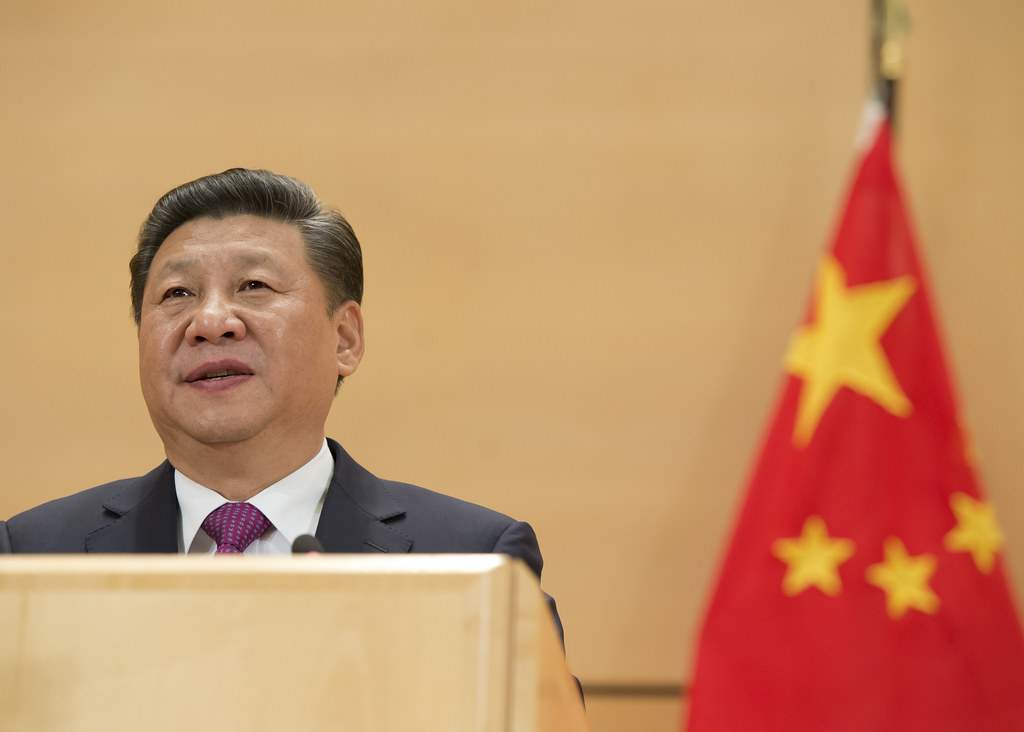Because the countries of Central and Eastern Europe do not become Chinese

The latest edition of the “17 + 1” platform, created in 2012 to expand economic cooperation between the People's Republic of China and a significant number of Central-Eastern European countries, seems to have suffered a setback. Giuseppe Gagliano's analysis
The latest edition of the “17 + 1” platform, created in 2012 to expand economic cooperation between the People's Republic of China and a significant group of Central-Eastern European countries, seems to have suffered a setback.
Held on 9 February, as many as six Eastern European countries – namely Lithuania, Latvia, Estonia, Slovenia, Romania and Bulgaria – sent not prime ministers or heads of state but only representatives at ministerial level. The far from marginal downsizing implemented by these countries can only apparently be related to the spread of the global pandemic.
As we will remember, this initiative was born in 2012 with the 16 + 1 formula which then became 17 + 1 with the presence of Greece and was born with strong and significant expectations from Central Eastern Europe which hoped for significant investments in vital infrastructures to give lymph life to economic sectors that had now become marginal and obsolete.
In this regard, just think of the port infrastructure of Piraeus, in Greece, which soon became a real hub of great importance for Chinese logistics in Europe, but we also think of the significant Chinese investments made in the energy sector such as the modernization of the power plant. of Kostolac, in Serbia, or that implemented in road infrastructures such as the Bar-Boljare highway in Montenegro.
However, major investments either failed or slowed significantly.
Let us consider, for example, the modernization of the Belgrade-Budapest railway infrastructure or the investment relating to the Romanian nuclear power plant of Cernavoda. However, this should not cause a particular surprise if we consider that China has invested only 10 billion in the area covered by the 17 + 1 form while it has invested 126 in the old continent.
This evident economic gap was admitted, albeit implicitly, by the Chinese president who in the last edition promised that China will double Chinese food imports from Central and Eastern Europe over the next five years.
But at the same time, the meeting on 9 February was also an opportunity to underline how the countries of the central-eastern area can have easier access to the anti-Covid vaccines developed by the Chinese industry, underlining this fundamental because it demonstrates the importance that the Dragon attributes to the use of soft power.
But what then determined the desire to reduce the presence of some countries in the central-eastern area at the summit on 9 February?
Certainly one of the causes is to be identified in the contrast between the United States and China: for many countries in the central-eastern area, military security is more important, guaranteed by the presence of NATO, than economic growth. In fact, it is no coincidence that Central-Eastern countries join the “Clean Network Initiative” , promoted by Washington to contain the projection of Chinese power in relation to Chinese 5G.
A second cause is most likely linked to the EU, which has always understood an attitude of distrust in an understandable way, attributing to this initiative the will on the part of China to weaken the political and economic cohesion of the European Union in order to implement its ambitious project of the New Silk Road.
This is a machine translation from Italian language of a post published on Start Magazine at the URL https://www.startmag.it/mondo/perche-i-paesi-delleuropa-centro-orientale-non-si-cinesizzano/ on Fri, 12 Mar 2021 07:07:24 +0000.
